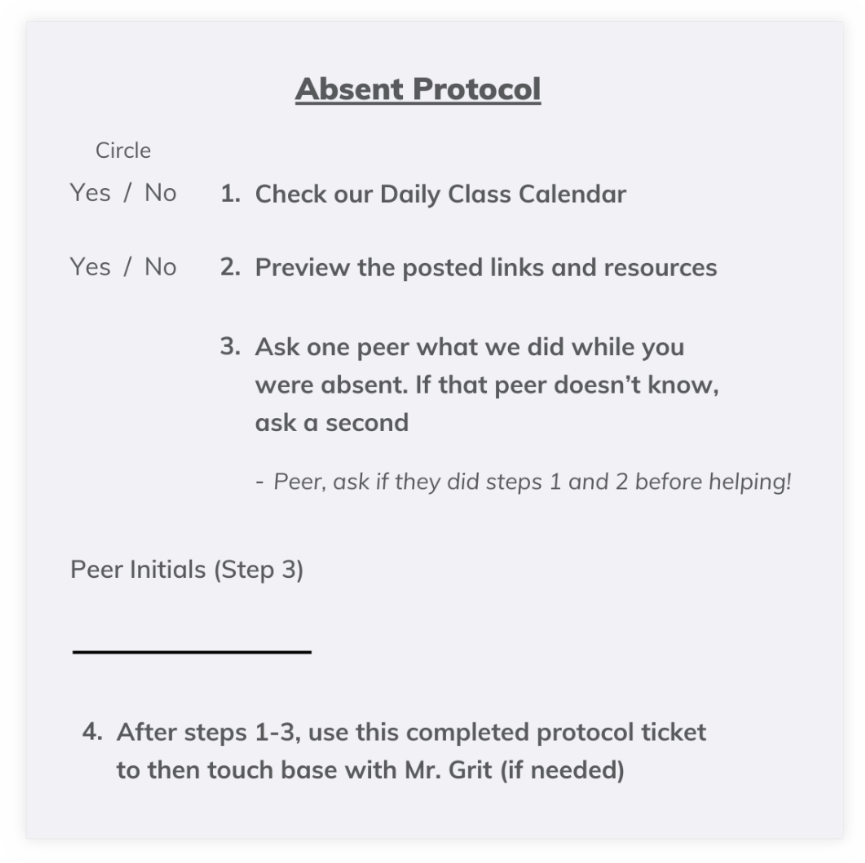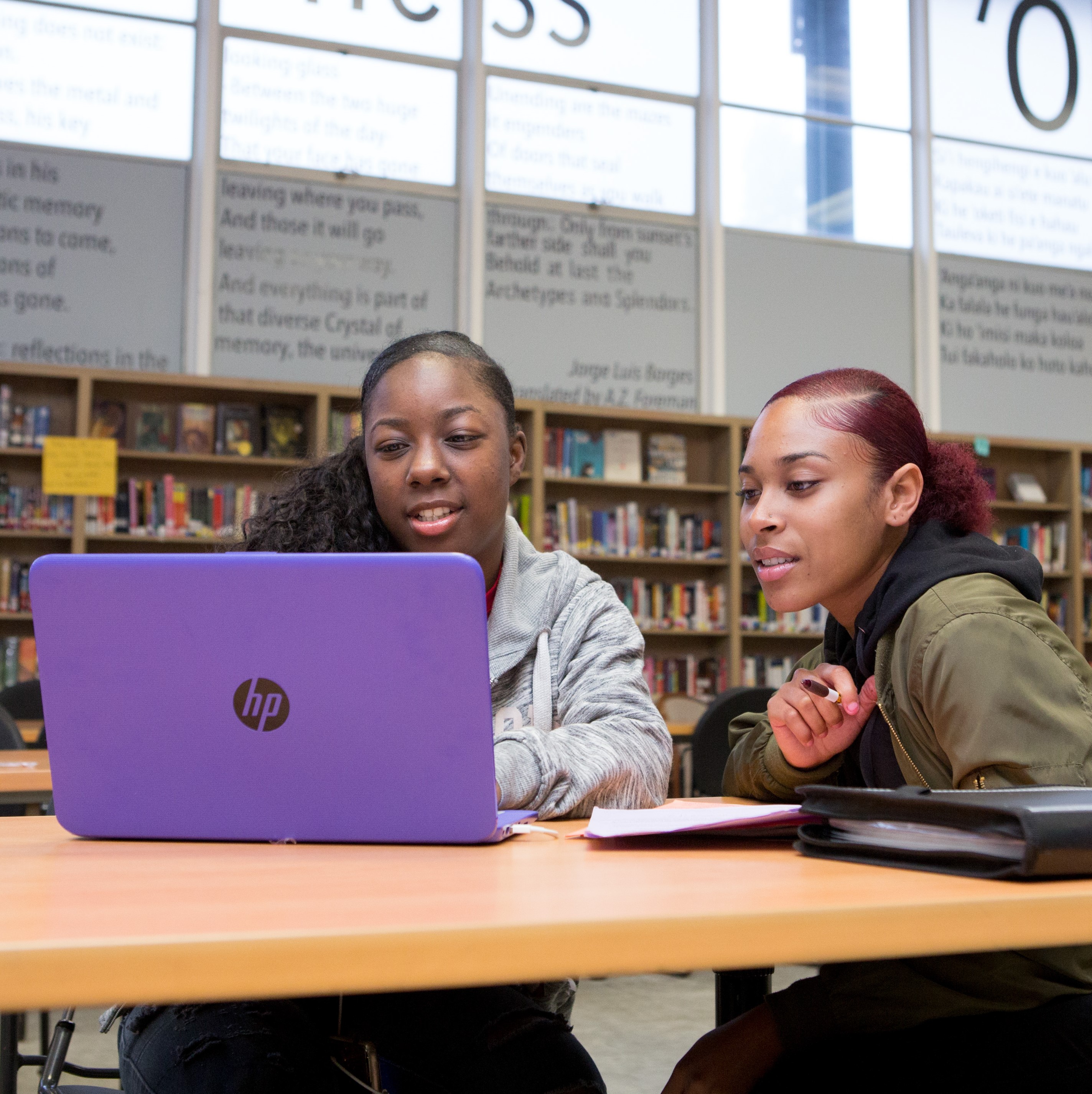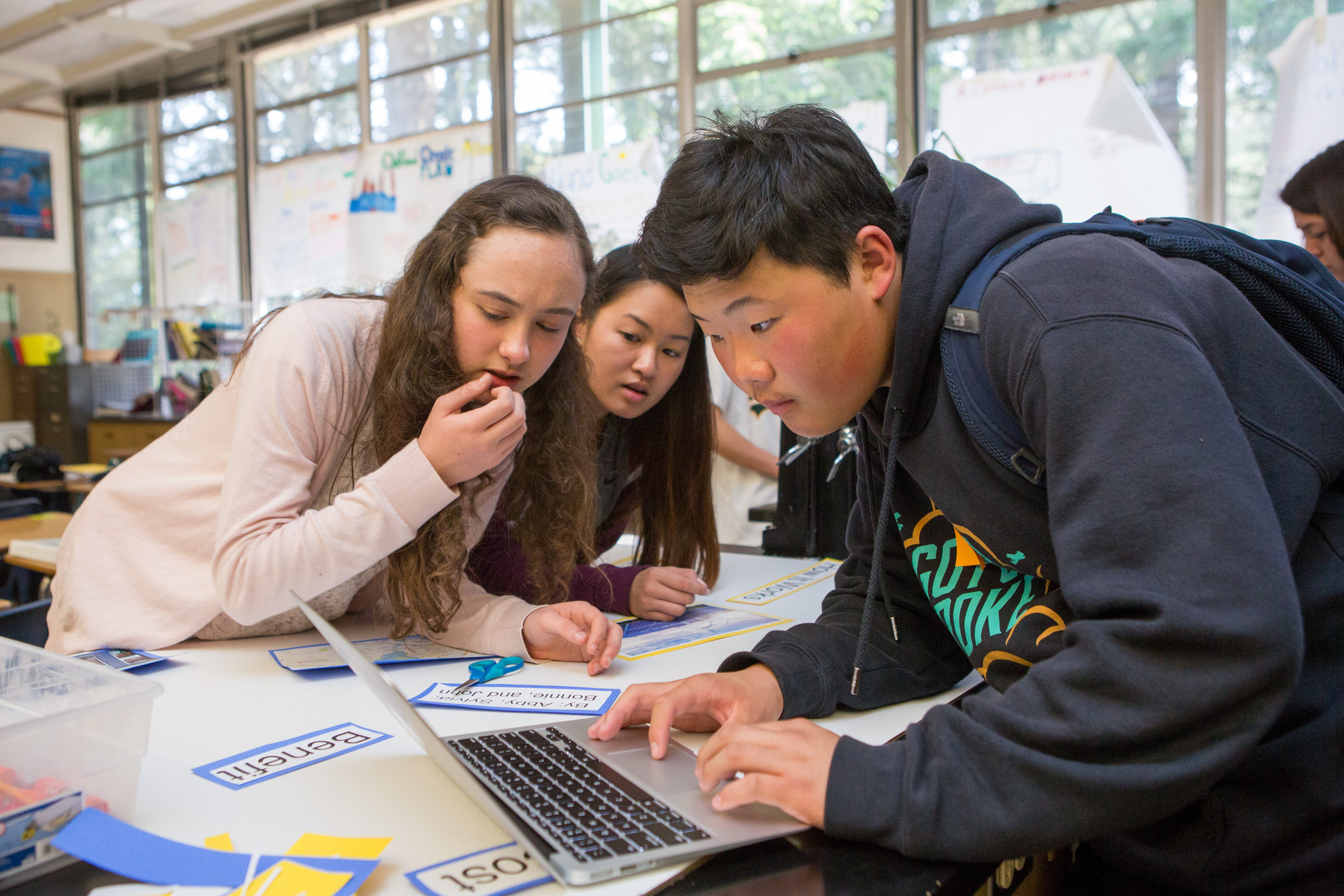
One afternoon, I received an email from Tahleez, a student in my 10th-grade chemistry class who had been absent for a few days. She expressed feeling left behind and mentioned that when she inquired about what she had missed earlier that week, she didn’t feel heard and that there wasn't enough time allocated for her to catch up.
How many of us have faced this situation in our classrooms?
A Common Classroom Challenge
I was grateful that this student took the initiative to share her concerns and reach out. Tahleez’s email echoed a challenge many teachers face, particularly in Project Based Learning environments. When students miss class for any reason, the interconnected nature of project phases—where each step builds on the last—makes catching up especially difficult. This can create a snowball effect of stress and confusion as students struggle to grasp what they’ve missed while teachers scramble to fill those gaps without derailing the progress of the rest of the class. For the student, returning mid-project can feel like jumping onto a moving train, unsure of where the class is or what’s expected of them.
In Tahleez’s case, her frustration wasn’t just about missing the previous class but also the lingering feeling of being overwhelmed and not being supported upon her return. Her email became a catalyst for reflection and a drive to find a solution. It prompted me to rethink how I could implement a system that would help students catch up after an absence while empowering them to take ownership of their learning.
The Birth of an Absent Protocol
After reading Tahleez’s email, I spent a lot of time reflecting on how to improve. Relationships are at the core of building a positive culture in my classroom. Checking in with students as they come to class and making common connections on interests is important. But the beginning of class is also a time when students who are absent may want all of your time. Given the active dynamic of a classroom, where every minute is crucial, I realized I needed an "absent protocol" that would streamline the process for students to catch up without disrupting the flow of the class. This would also relieve the constant pressure I felt to personally update every absent student, ensuring they stayed on track while allowing me to maintain focus on the entire class. The solution had to be simple, sustainable, and grounded in student ownership and collaboration.
When I introduced the new protocol to my students, I started by sharing a personal story about a quote that changed the way I teach and coach: "What you permit, you promote. Be tough on standards, not people." I used this quote to spark a discussion, asking students if we had a clear standard or expectation for how to handle absences in my class, and then expanded the conversation to other classes. From there, I emphasized the importance of relationships, accountability, and ownership by sharing another story from the real world and the workforce. This approach naturally led into the introduction of the absent protocol.
Here’s the absent protocol I developed:

*The posted links and resources are an online hub that gives them access to what's been covered in class that is updated daily.
Key Principles Underlying the Protocol
1. Encouraging Student Responsibility
The first piece of the protocol is centered on the student. When a student misses a class, they’re responsible for taking the first step when they return. These absent protocols were printed, cut out, and placed in an “Absent Protocol” container which was centered on a table right when you walked into my classroom. By placing the responsibility on the student to seek out this information, they gain agency in their own learning.
I explain to my students that taking initiative is an essential life skill. Whether they miss a day of school or a meeting in the future, they’ll often need to advocate for themselves. Giving them this responsibility in the classroom prepares them for those situations. What I didn’t expect was how quickly the students embraced this. With the protocol in place, they started to see themselves as partners in their learning.
2. Prompting Peer Support
 A key part of the protocol requires students to check in with a classmate about what took place while they were away. Project teams are particularly helpful in peer support, small groups who notice when a student is absent and take pride in catching them up. This collective effort fosters a sense of shared accountability, creating a community where students are invested in each other’s success.
A key part of the protocol requires students to check in with a classmate about what took place while they were away. Project teams are particularly helpful in peer support, small groups who notice when a student is absent and take pride in catching them up. This collective effort fosters a sense of shared accountability, creating a community where students are invested in each other’s success.
Beyond the practical benefits, this peer-to-peer connection has strengthened relationships in my class. Students are no longer isolated in their struggles; instead, they rely on one another for support, making the classroom a more connected and collaborative space.
3. Fostering a More Collaborative Classroom: Shared Power
The absent protocol goes beyond simply alleviating the logistical challenge of catching students up. It redefines how responsibility is shared within the classroom, shifting from a teacher-centered approach to one where students actively participate in managing their own learning. By having tools like the absent protocol and peer support in place, students no longer rely solely on the teacher for direction, fostering a more collaborative classroom culture.
This system encourages students to be self-sufficient and engaged learners while promoting a sense of shared ownership. As students take charge of their own progress, they also contribute to a more balanced and equitable classroom dynamic. Rather than placing the burden of updates on one person, the collective responsibility creates an environment where everyone benefits—students gain autonomy and confidence, and the class maintains momentum without disruptions.
Final Thoughts
Since implementing the absent protocol, I’ve noticed a marked difference in how my students approach missed work. There’s less confusion, fewer interruptions at the start of class, and a stronger sense of ownership among my students. It helped me provide targeted feedback and support vs. simply responding to the general, classic question, “Did I miss anything when I was gone?”
This experience also made me reflect on teachers' broader role in fostering students' independence and resilience. Sometimes, it’s not about doing more for them but creating systems allowing them to do more for themselves.

Creating an absent protocol wasn’t about making life easier for me as a teacher but equipping my students with essential success skills. By taking responsibility when absent and seeking peer support, students are developing self-management, advocacy, and collaborative skills that are crucial for their future success. These abilities extend beyond the classroom and into their personal and professional lives. This simple shift has profoundly changed my classroom, fostering a more independent and resilient group of learners. I hope that by sharing this story, other teachers might find inspiration to implement similar systems in their classrooms. The results might surprise you both in terms of student growth and classroom dynamics.
Take a look at this overview document to get tips on how to implement this protocol in your classroom!

